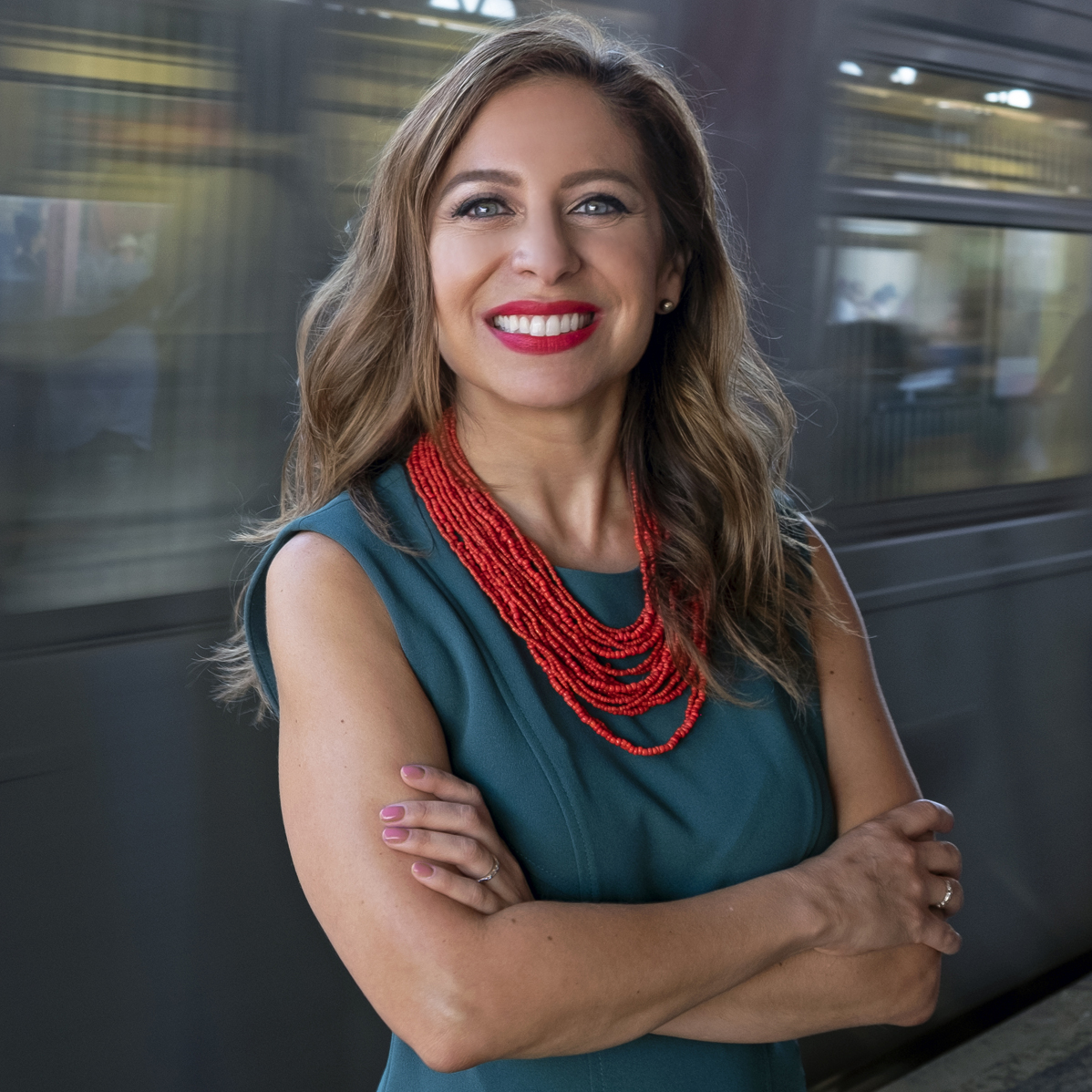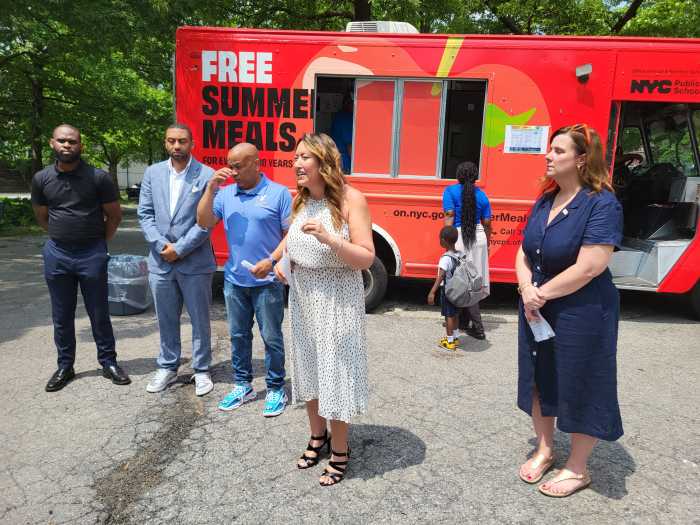By Judith Stiles
As Frank Schiro hurries across the E. Sixth St. footbridge over the F.D.R. Drive, his long, breezy stride is the tip-off that he is a serious runner on his way to do laps at the track. The tattoos peeking out from beneath his sleeves and his signature scruffy ponytail are well known to most serious runners Downtown.
Schiro is something of a celebrity in running circles, in part, because, in 2005 and 2006, he was the top-ranked M50 (50 years and older) sprinter in the U.S.A. Track & Field rankings for 400 meters indoors (with a time of 54.58) and outdoors (53.86). Before that, at 53 years old, in 2003, his M50 1,600-meter relay team won the gold medal at the 2003 World Masters Athletic Championships in Carolina, Puerto Rico.
Today, at 55 years old, Schiro is ranked third in the world in his age group. However, he spends little time boasting about his impressive accomplishments, choosing instead to focus on the joy of running.
“I train countless hours, day after day, month after month, year after year, to race for less than one minute. I myself love to train and love to see where I can go with what I have,” says Schiro, trying to explain why he is so driven to keep on competing.
Schiro is part of a rapidly growing trend among baby boomers who refuse to give up competitive sports just because they are no longer youngsters. Contrary to popular belief, Schiro is certain that older runners can actually become stronger and improve their time with proper training, even at age 75.
“Besides preparing for races myself, I coach other people, and with certain adjustments I have improved the time of many runners who are over 50,” says Schiro. One of his coaching success stories is 75-year-old runner Dr. Robert Kwit of the Lower East Side.
When Schiro first trained Kwit to prepare for a 5K race, he noticed a simple flaw in his running style.
“I immediately saw that he was running too upright and was stiff, so the simple adjustment of having him lean forward and a few other changes helped him run faster and more efficiently,” recounts Schiro.
Along with Kwit, Schiro trains many serious athletes over age 50 who travel all over the world for masters competitions.
“I often find that people have unrealistic expectations before they begin a program with me,” notes Schiro. “At one extreme, they think they can’t do anything to improve, and at the other end, they want to break a world record.”
Step one in his training program includes being realistic about setting achievable goals. Next is a general assessment of daily physical activity, sleeping and eating habits, followed by an analysis of the athlete’s walking and running style.
For the over-50 crew, Schiro emphatically recommends two days of rest per week for muscle recovery. Rest is the cornerstone of training and, according to Schiro, it is essential to get regular massages, especially in the legs. Lactic acid accumulates in the muscles, and a thorough massage is good for improving circulation and easing aches and pains.
Schiro also works with his trainees to develop a positive attitude and clear focus. He admits years ago he had all kinds of pre-race rituals and he always wore his lucky socks to important competitions. Today, he has given up most of his superstitious lucky charms, explaining, “It is simple. I put my faith in my training.”
That faith paid off at the end of March when Schiro came in second in the 400-meter run (M55) in the U.S.A.T.F. Masters Indoor Championship in Boston with an impressive time for a chap his age of 56.06. Since he doesn’t count on lucky socks anymore, what was his special preparation before the big race in Boston?
“I ate a donut and coffee, because I figured by this age I suffered enough, so I can eat what I like,” says Schiro with a wink as he trots off to the track.





































